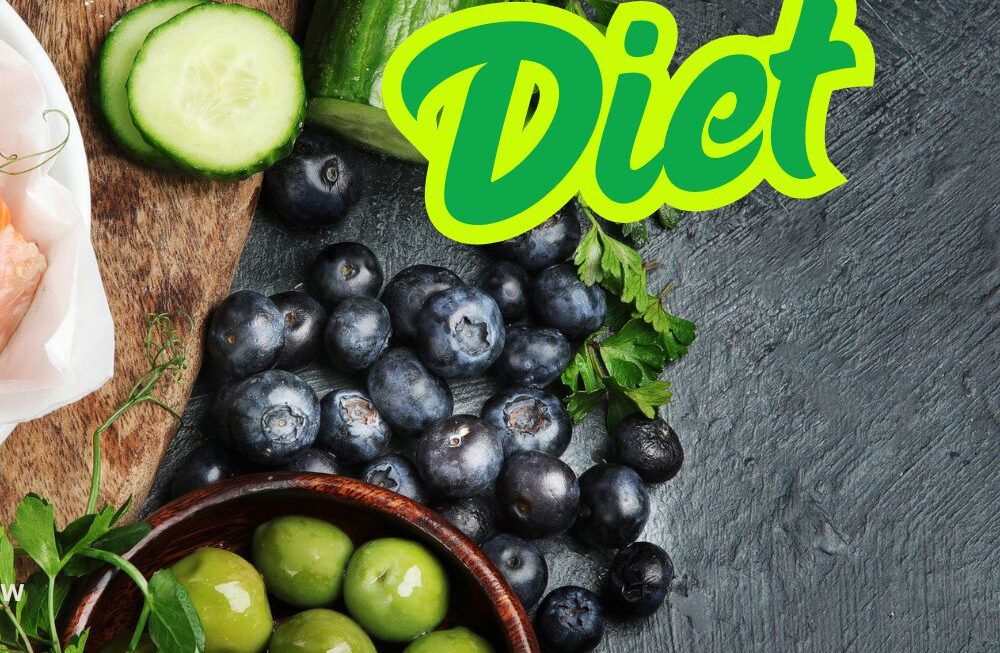In a world where heart disease remains one of the leading causes of mortality, implementing a heart-healthy diet has never been more crucial. Beyond merely reducing risks, a well-designed dietary plan can enhance your overall well-being, boost energy levels, and even improve your mood. This blog post explores the essentials of a heart-healthy diet, providing practical tips and information to empower you to take charge of your cardiovascular health.
The Basics of a Heart-Healthy Diet
A heart-healthy diet primarily focuses on foods that promote cardiovascular health while minimizing those that can contribute to heart disease. The core principles of this diet are based on nutritional science and emphasize the following:
1. Prioritizing Fruits and Vegetables
- Rich in vitamins, minerals, and antioxidants.
- High in dietary fiber, which can lower cholesterol levels.
- Examples to include: spinach, berries, broccoli, and citrus fruits.
Actionable Tip: Aim for at least five servings of fruits and vegetables each day. This could be as simple as adding a banana to your morning oatmeal or including a salad with your lunch.
2. Choosing Whole Grains
- Whole grains contain more fiber and nutrients than refined grains.
- Examples include brown rice, quinoa, oats, and whole-grain bread.
Statistics show that individuals who consume whole grains regularly may have a reduced risk of heart disease. Swap white bread for whole-grain options to reap the benefits!
Healthy Fats: A Balancing Act
3. Understanding Fats
- Unsaturated Fats: Found in olive oil, avocados, and nuts; good for heart health.
- Saturated Fats: Found in red meat and dairy; should be limited to less than 10% of daily caloric intake.
- Trans Fats: Often found in processed foods; should be avoided entirely.
Actionable Tip: Replace butter with olive oil in cooking to enjoy heart-healthy fats without sacrificing flavor.
4. Incorporating Lean Proteins
- Poultry, fish, beans, and legumes are excellent sources.
- Fish, particularly fatty varieties like salmon, are rich in omega-3 fatty acids, which are beneficial for heart health.
Example: Aim to enjoy fish at least twice a week. A simple grilled salmon fillet with steamed vegetables makes for a nutritious meal.
Reducing Sodium for Heart Health
Excess sodium intake can lead to high blood pressure, a major risk factor for heart disease. Here are some strategies:
5. Tips for Reducing Sodium Intake
- Read Labels: Choose products labeled ‘low sodium’ or ‘no salt added.’
- Cook at Home: Preparing meals allows you to control sodium levels.
- Use Herbs and Spices: Instead of salt, experiment with flavorings like garlic, lemon, and fresh herbs.
The Role of Lifestyle Changes
6. Complementing Your Diet with Healthy Habits
A heart-healthy diet should be part of a broader lifestyle approach:
- Regular Exercise: Aim for at least 150 minutes of moderate aerobic activity weekly.
- Avoid Tobacco: Smoking is a significant risk factor for heart disease.
- Manage Stress: Techniques such as mindfulness and yoga can positively impact heart health.
Actionable Tip: If you’re feeling overwhelmed, consider starting with short walks during your lunch break to combine physical activity with relaxation.
Conclusion
Adopting a heart-healthy diet is an empowering step towards reducing the risk of cardiovascular diseases and enhancing overall health. By prioritizing whole foods, healthy fats, and lean proteins while minimizing sodium and processed ingredients, you can create meals that not only nourish your body but also promote vitality and well-being. Remember that small, sustainable changes can lead to large health benefits over time. Take the first step today—it’s never too late to prioritize your heart health!






